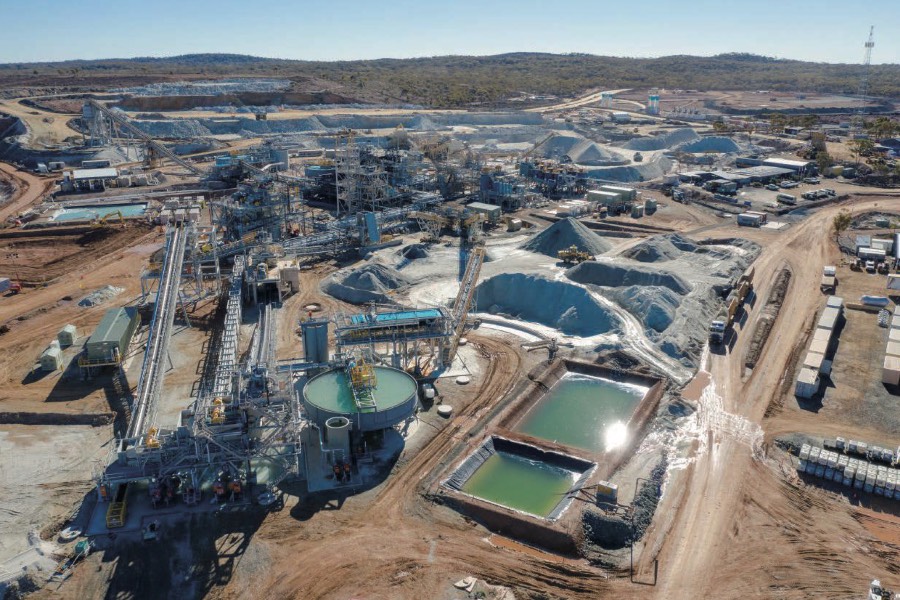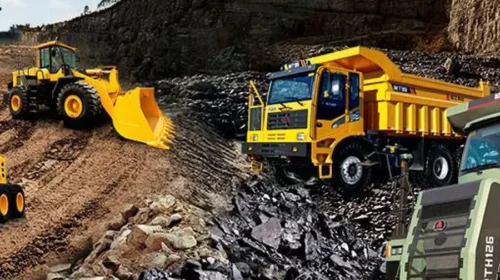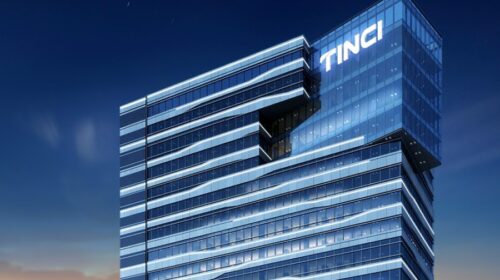Lithium price slump: the ghost that keeps haunting Ganfeng Lithium

The producer of the key component used to make EV batteries expects to report a worse-than-expected loss in the first half of 2025, with no end in sight as prices remain low
Key Takeaways:
- Ganfeng Lithium’s net loss, excluding non-recurring items, widened in the first half of 2025 from a year earlier
- The producer of the key component used to make EV batteries and energy storage equipment is suffering as lithium prices continue to hover near cost levels
By Lee Shih Ta
A slight uptick in battery-grade lithium carbonate prices since mid-June isn’t offering much solace to China’s embattled lithium producers.
After crashing in 2023, the price of lithium, once hailed as the “white oil” of the new energy revolution, has yet to see the arrival of a new spring in 2025. Industry giant Ganfeng Lithium Group Co. Ltd. (1772.HK; 002460.SZ) reflected the industry’s ongoing woes with a profit warning earlier this month, forecasting it will report a net loss of 300 million yuan ($41.76 million) to 550 million yuan for the first half of 2025, representing a 27.6% to 60.5% improvement from its 760 million yuan loss in the first half of 2024.
Still, the company’s expected loss of 500 million to 950 million yuan for the first half of 2025, which excludes non-recurring items, is quite a bit wider than the 160 million yuan loss it reported on that basis in the year-ago period.
The narrowing of the overall net loss was largely attributable to investment gains, and unrelated to Ganfeng’s core lithium mining and production business. The company said those gains stemmed from the disposal of some energy storage power station projects by its Shenzhen Yichu Energy Technology subsidiary, and the disposal of some of its equity interests in other companies.
Regarding the worsening performance for its core mining business, Ganfeng explained that while its sales volume grew in sync with growing capacity for its battery segment, falling prices for lithium salts and lithium battery products still dragged down the company’s overall profitability.
Meanwhile, rival producer Tianqi Lithium (9696.HK), in its own similar interim results forecast, said it expects to report a net profit ranging from nil to 155 million yuan for the first half of 2025, returning to profitability after posting a substantial 5.21 billion yuan loss a year earlier.
While Tianqi’s forecast looks hopeful for the industry at first glance, its operating profit, excluding non-recurring items, is expected to be much smaller, ranging from nil to 89 million yuan. Tianqi attributed the return to profitability to factors outside its core lithium business, citing foreign exchange gains and investment returns from its SQM associate. Without those, the company might still be struggling with profitability.
In short, the two companies continue to struggle with profitability, even as they work hard to control costs and make strategic investments that can eventually return them to their former glory days of fat, sustainable profits.
Weak fundamentals
According to Shanghai Metals Market, the average price for Chinese battery-grade lithium carbonate stood at 64,950 yuan per ton in mid-July, down 17.6% from 78,800 yuan at the start of the year. The drop is far more dramatic when compared with the 580,000 yuan per ton price at the end of 2022, down nearly 90% from that peak.
Oversupply is the main culprit keeping prices weak. Over the past two years, large-scale lithium mining projects have started producing across Tibet and Sichuan in China, as well as overseas in South America and Australia, leading to a surge in supply. But downstream demand has failed to keep pace. While electric vehicle (EV) sales continue to grow, the growth rate is slowing after several years of strong gains. Demand from the energy storage sector is expected to pick up some of the slack, though has yet to take off, resulting in a lack of fundamental support for lithium prices.
Against such a backdrop, numerous small and medium-sized lithium salt producers have begun pausing operations or reducing output, trapping the industry in a painful phase of destocking and capacity shutdowns.
Current spot prices for lithium carbonate are approaching the cost floor for many small and medium-sized Chinese producers, below which they would lose money for each kilogram produced. According to estimates from Citic Securities and Goldman Sachs, production costs for most Chinese lithium salt producers are between 50,000 yuan and 60,000 yuan per ton. Current prices have eroded profit margins for everyone, forcing out suppliers with relatively higher costs.
Goldman Sachs predicts further price drops that could take lithium carbonate into a zone where high-cost suppliers are increasingly forced to drop out, laying the potential groundwork for a rebound as early as next year. However, Morgan Stanley cautions that without strong restocking demand from downstream EV and energy storage markets, lithium prices may remain bound within the current range. It forecasts the average price is likely to remain below 100,000 yuan per ton next year, indicating it doesn’t expect any major relief for at least a year.
Share price rebound
Ganfeng Lithium’s shares fell over 7% to HK$24 in the two trading days after issuing its profit warning, indicating investors may have been surprised by the big profit declines. While the shares are still up 19.7% year-to-date, they remain more than 80% below their peak from September 2021.
Longer-term optimism about an eventual recovery is still drawing investor attention. Ganfeng’s shares have rebounded from around HK$19 at the beginning of this year to nearly HK$26 by mid-July, approaching a 52-week high. The rally is mainly driven by hopes that lithium prices may have bottomed out, and strong policy support for EVs and energy storage could help to lift demand. However, investment banks remain skeptical about the sustainability of such a rebound.
Morgan Stanley pointed out that planned lithium production growth in China for July continues to outpace growth in demand. Without improvement in the supply-demand balance, the bank said, any rebound in lithium prices may prove unsustainable. It expects Ganfeng to remain under pressure in the third quarter, maintaining an “underweight” rating on the company with a target price of HK$14.30. UBS also issued a report noting Ganfeng’s loss was worse than market expectations, assigning the company a “sell” rating with a target price of HK$18.10.
While lithium prices have rebounded in recent weeks, fundamental challenges of oversupply and sluggish demand are likely to persist, and it’s too early to call an industry-wide cyclical turnaround. Ganfeng currently trades at a price-to-sales (P/S) ratio of approximately 2.59 times, lower than Tianqi’s 3.5 times, reflecting lingering market skepticism about the former’s profitability and growth prospects.
If lithium prices fail to stage a sustained recovery, the company could continue to face more losses. But for those with a longer-term view towards new energy demand and a potential lithium price rebound within the next year or two, Ganfeng’s current valuation might offer some potential upside.
To subscribe to Bamboo Works weekly free newsletter, click here






